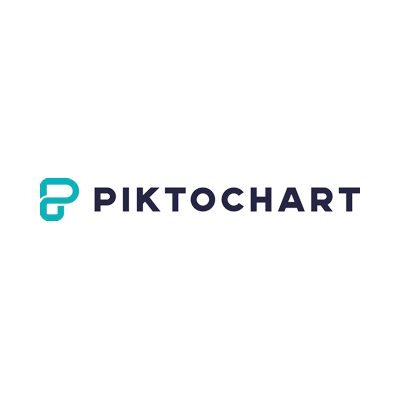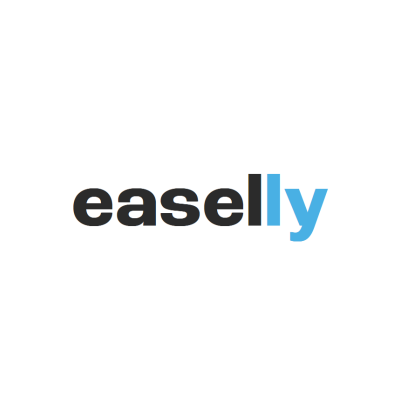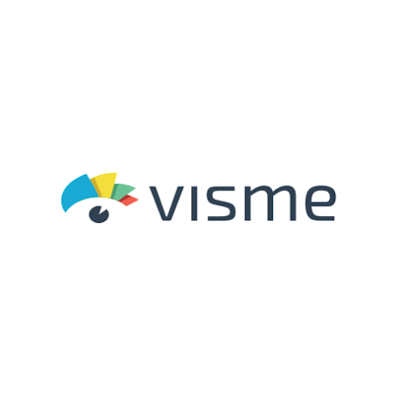Top 5 Free Infographic Tools for Non-Designers
Infographics are a powerful medium for presenting information in a visually appealing and easily digestible format. They’re not just for designers; with the right tools, even non-designers can create stunning visuals. In this article, we’ll explore the top 5 free infographic tools for non-designers, including the versatile Venngage, to help you craft beautiful and informative infographics.

1. Venngage: The Swiss Army Knife of Infographics
Venngage is an outstanding tool for creating infographics, making it a top choice for non-designers. With its user-friendly interface and a plethora of templates, icons, and charts, it’s accessible for beginners while offering advanced features for more seasoned users. From Venngage‘s use case diagram, and infographics to various brochures, this tool is a Swiss Army Knife of various designs and templates.

Features
- An extensive library of professionally designed templates.
- Customizable charts and graphs for data visualization.
- A vast selection of icons, images, and illustrations.
- Collaboration features to work on infographics as a team.
- User-friendly drag-and-drop editor.
Pros
- Intuitive interface for beginners.
- A wide range of templates for various topics.
- Easy data integration and customization.
Cons
- Some advanced features may require a premium subscription.
2. Canva: The All-in-One Design Tool
While Canva is well-known for its graphic design capabilities, it’s also a fantastic tool for creating infographics. The platform offers a wealth of free templates and design elements to bring your data to life.

Features
- A user-friendly drag-and-drop interface.
- Access to a diverse collection of fonts and images.
- Ability to collaborate with team members.
- Integration with other design elements like social media posts and presentations.
Pros
- A wide variety of design options.
- Seamless integration with other Canva design projects.
Cons
- Limited data visualization options in the free version.
3. Piktochart: Craft Infographics with Ease
Piktochart is another user-friendly platform that empowers non-designers to create infographics effortlessly. It offers a range of templates and customization options.

Features
- Pre-made templates for infographics, presentations, and reports.
- A simple drag-and-drop editor.
- Icon and image libraries to enhance your visuals.
- Basic data visualization tools.
Pros
- Great for beginners with little design experience.
- A variety of export options, including image and PDF.
Cons
- Limited functionality without a premium subscription.
4. Easel.ly: Streamlined Infographic Creation
Easel.ly specializes in making the process of creating infographics as straightforward as possible. It offers a simplified interface and various customization options.

Features
- A user-friendly infographic maker.
- Templates that cater to different topics.
- A library of shapes and icons for customization.
- Easy sharing and embedding options.
Pros
- Very easy to use, even for beginners.
- A free plan with many useful features.
Cons
- Fewer templates compared to other platforms.
5. Visme: Versatile Visual Content Creation
Visme is a versatile tool for crafting various visual content, including infographics, presentations, and more. It’s designed to help non-designers express their ideas creatively.

Features
- A library of templates for infographics and more.
- Interactive content creation capabilities.
- Charts, graphs, and data visualization tools.
- Team collaboration features.
Pros
- A robust free plan with plenty of options.
- Ideal for creating interactive infographics.
- A user-friendly interface for all levels of expertise.
Cons
- Some advanced features are locked behind premium plans.
Infographic Design Tips & Tricks to Help You Get Started
In an era where information is constantly bombarding us from all directions, the ability to convey complex data and ideas in a visually appealing and easily digestible format has become more important than ever. Infographics are a powerful tool for achieving this goal. They blend the art of design with the science of data presentation, making it easier for audiences to grasp information quickly and effectively.
Whether you’re a marketer looking to engage your audience, an educator aiming to simplify a lesson, or a business professional trying to illustrate a concept, here are some valuable infographic design tips and tricks to help you get started.
Define Your Purpose
Before you embark on creating an infographic, you need a clear understanding of your purpose. Are you aiming to educate, persuade, inform, or entertain? Knowing your primary objective will guide your design decisions. For instance, if you’re trying to persuade, your infographic might focus on statistics and facts, whereas an educational infographic would need to present information in a logical and understandable sequence.
Simplicity is Key
Simplicity is one of the most critical aspects of infographic design. Avoid overwhelming your audience with excessive text, graphics, or colors. The key is to distill your information down to its essence. For text, aim for short, punchy headlines and concise descriptions. As for visuals, keep them relevant and choose quality over quantity. A cluttered design can make it challenging for your audience to grasp the main message you’re trying to convey.
Visual Hierarchy
Visual hierarchy is about guiding your audience’s attention to the most crucial elements of your infographic. You can achieve this through variations in font sizes, colors, and layout. For instance, use larger, bolder fonts for headlines and smaller fonts for supporting text. Use contrasting colors for key data points. Ensuring the most important information is the most visually prominent will help your audience quickly grasp the main message.
Color Palette
Selecting the right color palette is crucial for setting the mood and tone of your infographic. Colors can convey emotions and associations, so choose a palette that aligns with your message and brand identity. For data visualization, it’s essential to use color effectively to differentiate categories or highlight key points. However, be mindful of accessibility and ensure that color choices don’t hinder readability for color-blind individuals.
Data Visualization
Data is often at the core of infographics. Transforming data into visual representations such as charts, graphs, and icons is essential for making complex information digestible. Choose the appropriate data visualization method for your data type, whether it’s a pie chart for percentages, a bar graph for comparisons, or a line chart for trends. Ensure your visuals are labeled accurately, and use simple, clear legends to help the audience understand what they’re seeing.
White Space
Don’t underestimate the power of white space. It’s the breathing room that separates and frames your content, making it more readable and visually appealing. Adequate white space also helps prevent visual clutter. By giving your elements room to “breathe,” you create a sense of balance and coherence in your infographic design. It can be the difference between a crowded, chaotic design and one that’s clean and easy to follow.
Storytelling
Infographics aren’t just data dumps; they’re storytelling tools. Structure your infographic to follow a logical narrative flow. Introduce your topic, present supporting data or evidence, and conclude with a clear takeaway message. Storytelling engages your audience’s emotions and helps them connect with the information on a personal level. It makes your infographic more memorable and relatable.
By focusing on these top 7 tips, you’ll be well on your way to creating infographics that effectively convey your message, engage your audience, and leave a lasting impact. Remember that practice and feedback are essential for honing your infographic design skills, so don’t be discouraged if your first attempts don’t achieve perfection. Keep refining your techniques, and your infographics will become increasingly powerful communication tools.
Conclusion
Creating stunning infographics is no longer the exclusive domain of designers. With these top 5 free infographic tools, non-designers can easily craft visually appealing and informative visuals. Whether you choose Venngage for its versatility, Canva for its all-in-one design capabilities, Piktochart for its simplicity, Easel.ly for streamlined creation, or Visme for its versatility, you’re sure to find a tool that suits your needs. So, don’t hesitate to dive into the world of infographics and start turning your data into captivating visuals.
About the Author

Vinit Sharma is a content writer and growth marketing expert at Venngage Inc. With a flair for crafting compelling content and a deep understanding of digital marketing strategies, Vinit helps businesses thrive in the online world.






